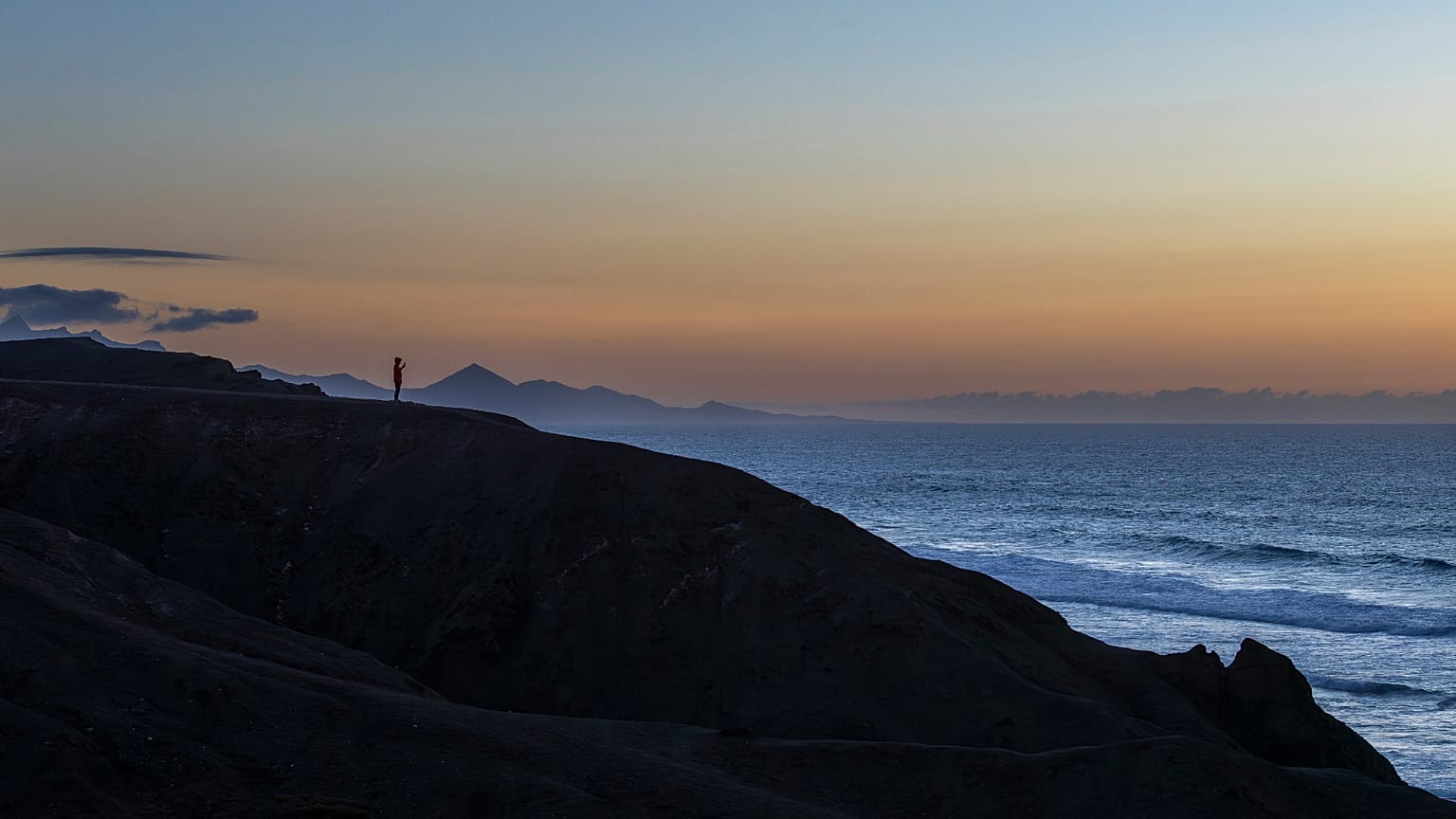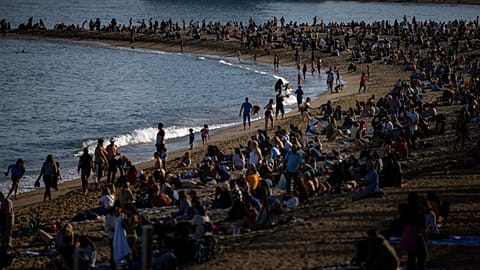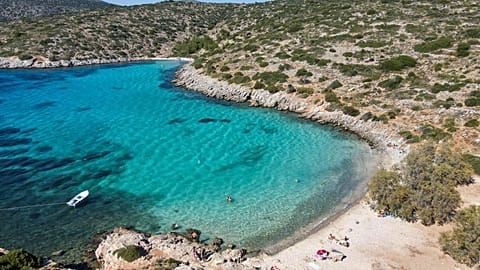The Canary Islands have broken visitor records again, amid overtourism protests and measures.
The Canary Islands, a popular tourist destination, have been breaking tourism records all year.
But new data from August shows just how oversaturated the islands are becoming.
The surging visitor numbers come despite overtourism measures having been brought in across the archipelago.
“Unprecedented” number of visitors
The archipelago saw 1.23 million foreign visitors, according to the figures released by the Canary Islands Tourism research site. This is the highest figure ever recorded for August, and marks a 6 per cent increase from August 2024. The number is especially striking given the season: summers are the hottest months on the islands. It also follows a larger trend across Spain of summer visitor records being broken.
Data also showed cumulative growth from the start of the year. From January to August 2025, over 10 million international visitors came to the Canaries. The islands were the third most popular regions in Spain during that time period.
A large proportion of visitors came from the United Kingdom: nearly half a million of visitors in August. Germans also make up a fair share of the visitors.
Tourism is a major industry for the Canary Islands, accounting for around 35 per cent of the islands’ GDP.
Why are the Canary Islands so popular?
Located about 100 kilometres off the northwest coast of Africa, the islands are a great getaway in all seasons because of their year-round good weather. They also have diverse landscapes: beaches, mountains, forests, and even a volcano.
There are many different islands, but the seven main islands are Tenerife, Fuerteventura, Gran Canaria, Lanzarote, La Palma, La Gomera, and El Hierro.
Many of the islands are also easily accessible by plane from locations throughout Europe- though Ryanair’s latest flight cancellations may impact this.
The influx of visitors isn’t well-received by everyone. Like other places in Spain, there have been protests against mass tourism.
What measures are being implemented?
Tourists will soon have to pay an “eco-tax” to hike popular trails at Tenerife National Park. The park, which encompasses the Teide-Pico Viejo volcano, is the most visited natural site across the islands.
This fee, set to be introduced by 2026, will be around €25. Certain trails also have different prices. An unguided hike on the trail to the summit of the volcano (The “Telesforo Bravo” route) will cost €15, whereas a guided tour is €10. The Montaña Blanca- Rambleta hike will cost €6 on weekdays, and €10 on weekends and holidays.
However, Tenerife residents and children under 14 enter free, and Canary Island residents get access at a reduced rate.
The measures are both to curb tourism and ensure the park can remain a biodiversity hotspot.
“Teide is our crown jewel and one of the greatest prides of Tenerife,” Tenerife’s president, Rosa Dávila, said in a video on social media. “With this measure, we ensure its protection for today and future generations.”
Other islands in the archipelago are also trying to curb overtourism. New Spanish laws attempt to regulate short-term rentals: residents can now vote to ban new holiday rentals. In January, the town of Mogán in Gran Canaria introduced a daily fee of €0.15.
El Hierro, on the Western edge of the Canaries, has prioritised a sustainable approach to tourism since visitors started coming. There are no direct flights to the island, and very few places to stay.
The Canary Islands also have high fines for drinking alcohol in public and smoke-free beaches to curb excessive partying.


















